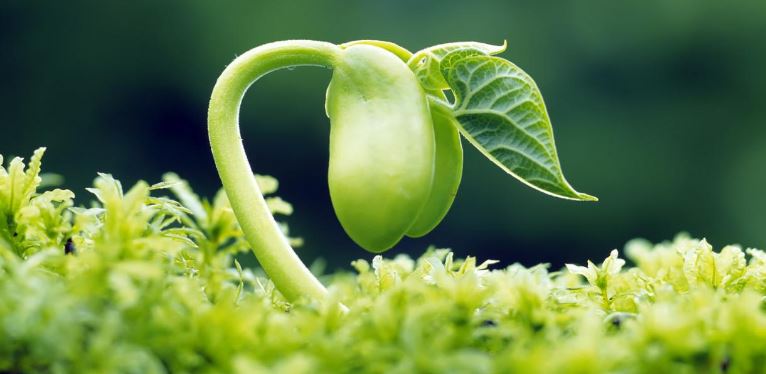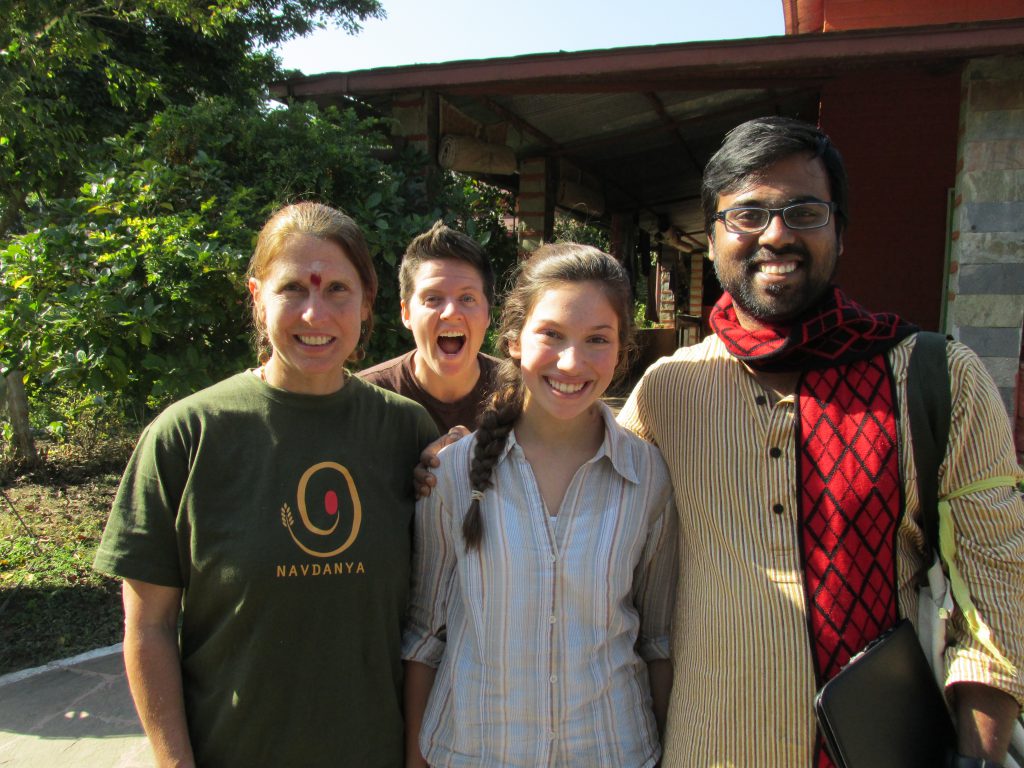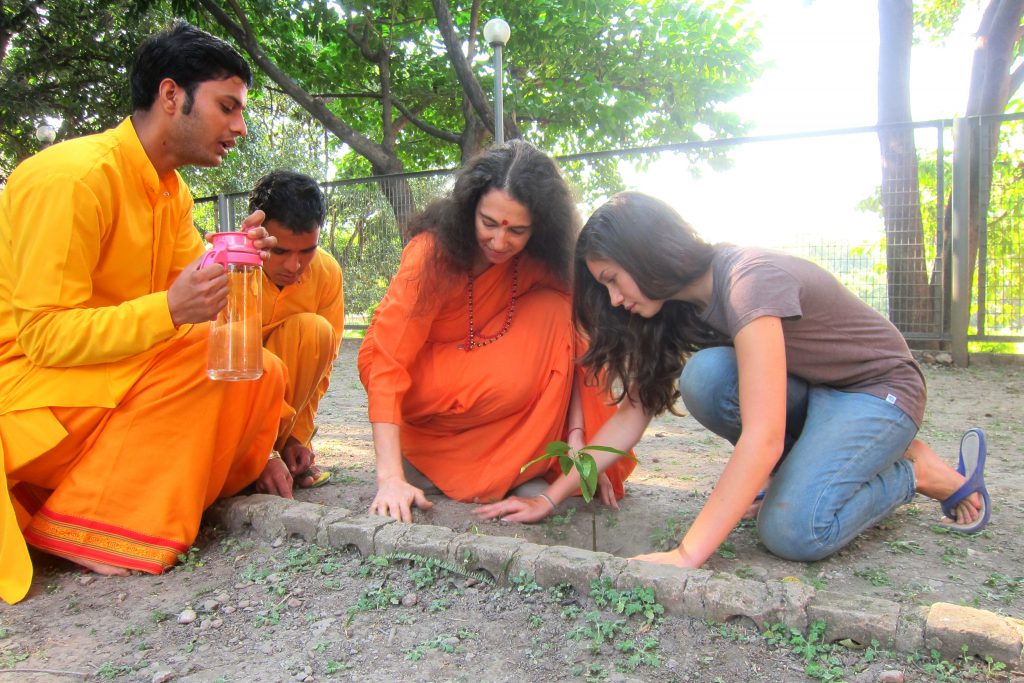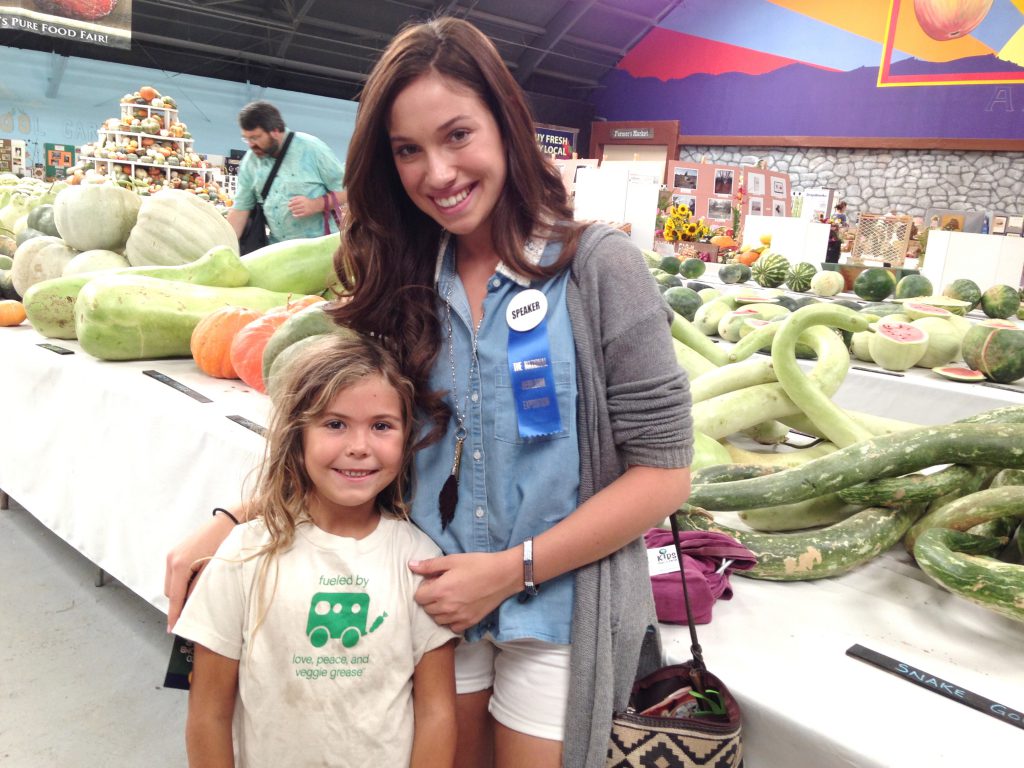Our guest blog today is from our close friend and volunteer, Rachel Parent. She is a Canadian youth activist and founder of Kids Right To Know, a not-for-profit organization advocating for GMO labeling in Canada. Kids Right To Know informs the public, especially children, about food safety.
Together with Rachel, we work towards our common goals to create a healthier generation, improve our communities and to make a difference. We recognize that we are all connected. That connection starts with the seed.
For information on Rachel Parent’s work, please visit Kids Right to Know. Follow her on Twitter @RachelsNews, on Facebook Kids Right To Know Club and on Instagram kidsrighttoknoworg.

Many define the word miracle, as a surprising and welcome event that is not explicable by natural or scientific laws. It is considered to be the work of a divine agency. I guess everyone has a different definition of what a miracle is. I believe we’re surrounded by them. From tightly wound spider webs, to the dew that lightly coats the green grass at dawn, our world never ceases to amaze. From the millions of invisible microorganisms that live in and nurture our soil, to the birds that glide gracefully above us, and the fish that swim in the seas, unknowing of the world above. But personally, I’ve always found seeds to be a miracle.
Seeds were worshipped and treasured in ancient times. Seeds were saved from favorite varieties of wild and native plants from every region across the world. By saving their seeds year after year from the plants with the most desirable traits, larger, sweeter and healthier plants resulted. This is how we arrived at the domesticated plants that we know today.
It seems peculiar to me that when most people think of food, they think of an old family recipe, a favorite restaurant, or a readymade packaged meal. Most people don’t actually think of seeds as the first link in the food chain that sustains all life forms, or the miracle and gift from nature that they truly are.
Without seeds, our plates would be empty. Not only do we depend on them for our food, but also our clothing, and medicines. These seemingly dormant embryos hold the very essence of life we depend on. They are truly our source of life!
I was fortunate enough to attend a very small elementary school, where we used to plant many varieties of seeds in small cups and watch in amazement as these tiny seeds, with just the right amount of care would grow into plants that could nourish and sustain life. The most exciting part of the day was running over to the windowsill to see how much our “experiments” had grown. When they were large enough, we’d transfer the little sprouts to our small school garden.Working in the garden, and getting my hands dirty with the rich soil is, I believe, where I gained my passion for seeds, biodiversity, and the intricacy of our eco-system.
Well, spring is almost here and I’m already excited about selecting the heirloom and organic varieties of seeds for this growing season, and anticipating fun gardening days to come.Yet, with all of this excitement also comes caution and hesitation. These beautiful gifts that we call seeds are in extreme danger, as the diversity and future of our seed supply is under threat.
There are a handful of biotech companies that are buying up seed companies from around the globe. Their goal is to control the seed supply, and to genetically modify the seeds so that they can be owned and patented. Our major commodity crops, corn, canola, soy, cotton and sugar from sugar beets, are now controlled by huge chemical corporations. These seeds are modified without regard for nature or the humans consuming them.
A genetically modified seed, or as it is commonly known, a Genetically Modified Organism (GMO), is created through a laboratory technology that changes the traits of a plant by randomly inserting DNA from a completely different and unrelated species or kingdom (plant, animal, virus, or bacteria) that would not naturally occur in nature. This is very different from conventional plant breeding or hybridization.
Now these biotech companies always like to say that GMOs have higher yields, or use less water, or are drought resistant, but unfortunately, none of that is true. For more on GMO Myths and Truths, please click here. There are two main traits for GMOs, pesticide producing, where a toxin is actually built into every cell of the plant, and herbicide resistant, allowing farmers to spray unlimited doses of toxic herbicide onto the crops, contaminating our soil, water and air. Not good for our environment, but very good for profits!
Another concern is that crops grown from these genetically modified seeds can contaminate neighboring farm lands that grow organic or non-GMO varieties, usually caused through cross pollination by wind and insects. As much as the biotech companies would like us to believe, GMO crops cannot co-exist with organic or non-GMO crops.
Beyond the health and environmental risks associated with this technology, including a dramatic increase in the use of herbicides, there’s also a major impact on biodiversity. This is because these seeds are patented, prohibiting the sacred wisdom and freedom of exchanging seeds among farmers. This exchange was and must remain as a key component to maintaining biodiversity and food security. In my view, no one should have the right to patent nature.
But, exchanging seeds was about so much more than offering others a different seed variety. The act of exchanging seeds allowed people to exchange knowledge, culture, and history. Globally in the past 80 years we’ve lost over 93% of our seed variety in food production. There are currently over 80,000 edible plants varieties, yet only 150 types are being harvested, and only 8 are being traded globally.
If all of our resources were used properly it would be possible to increase biodiversity, food distribution, decrease hunger, improve soil health, and provide opportunity and freedom to farmers. In 1903 there were 544 forms of cabbage, 497 varieties of lettuce, 307 types of sweet corn, and 408 kinds of tomatoes. By 1983 we only had 28 varieties of cabbage, 36 forms of lettuce, 12 types of corn, and 79 kinds of tomato. These are just a few crops that have lost significant diversity due to industrialization. There are so many more that have become completely extinct.
The rapid extinction of diverse crops, varieties and the development of non-renewable seeds such as Patented Hybrids and Sterile Seeds (terminator technology), threaten the very future of seed diversity, our farmers, and food security. Many communities in all parts of the world from Mexico to India are in a race against time to try and save the precious varieties of seeds that shape their heritage.
Seeds hold a special importance to people, especially within indigenous cultures, as the seeds represent the hardships, the struggle, and the perseverance to maintain the land and its peoples. Traditionally, the selection, preservation, and fundamental knowledge and practice of passing on and exchanging seeds has been the main duties of women. Historically, seed preservation was a fundamental rule for the survival of humanity.
A couple years ago, I had the unique opportunity to travel to India and spend several days at the Bija Vidyapeeth (Earth University) Navdanya’s learning center, located at the Navdanya Biodiversity Conservation Farm in Doon Valley, Uttarakhand, India. It was truly a remarkable experience. They’ve created a bio-diverse sanctuary for birds, butterflies, insects and soil microorganisms, and save more than 1,500 varieties of seeds and trees.

My friends and I at the Bija Vidyapeeth (Earth University) Navdanya’s Learning Center Doon Valley, Uttarakhand, India.
I must say, I’ve never felt more alive! I learned about saving and preserving seeds, but more importantly, I learned to respect the very simple rule that everything is divinely connected. By respecting our soil, our pollinators, the integrity and intelligence of our seeds, we maintain a healthy, thriving eco-system that protects biodiversity.

While in India, I also visited the Ashram Parmarth Niketan. The Ashram is dedicated and involved in actions that protect water, nature and human rights. They gave me a rudraksha sapling to plant! It was a gift of sacred symbolism for my work and inspiration for future initiatives to help humanity.
Seeds, in all reality, are as diverse as we are. They’re filled with life, each holding their own intelligence, uniqueness, and potential. They come in all shapes and sizes, from a tiny speck to a giant seed, such as the avocado. They have different colours and textures. Some are protected by the outer layer of a fruit. Others have to be submerged in water for long periods of time to germinate. Some float through the air, while others travel great distances on the fur of animals. Some even have to go through the digestive system of certain species before they can germinate. Most amazingly, the tiny seed that grows into the Giant Sequoia can only grow after a forest fire.
For the past two years I’ve had the honour to be invited to speak at the Heirloom Expo in Santa Rosa, Sonoma Valley, California. The Expo is a celebration of pure food and sustainable living. Without a doubt, this is the largest and best show of its type anywhere on earth. It offers over 1,800 varieties of heirloom seeds.
The show reaches out to the youth, and is both fun and educational. Its objective is to influence the way people view food, and to educate about a sustainable future. It’s a not-for-profit event, with all proceeds being donated to local school and educational garden projects. What a great way to get kids excited about gardening!
The show primarily features heirloom and organic seeds.These seeds are wonderful little power packs filled with a history of botanic information, and can tell us stories of where our ancestors came from. They were developed over generations through natural selection, resulting in more flavourful, larger, or hardier varieties.
I brought back and planted several packs of tomato heirloom seeds from “Baker Creek Rare Seeds”, which yielded amazing results, without the use of fertilizer. They tasted incredibly sweet and flavorful! I kept some of the seeds for this year, which I’ll replant, preserving the integrity and quality that has been passed down from generation to generation.

My friend and I took a moment to pose with the amazing heirloom and organic fresh produce at the Heirloom Expo in Santa Rosa, Sonoma Valley, California, USA.
I’ve always known that we have a social responsibility to make a difference in our world. What I have figured out over the past 5 years in my involvement in activism, is that saving heirloom, organic non-GMO seeds is one of the greatest actions of change one can take. By saving and exchanging our seeds we are taking food security back into our own hands, and saving money at the same time. We are also saying no to greedy corporations that want to profit from reinventing and patenting nature. Together, by saving our heirloom and organic seeds we are writing our own history and preserving the cultures, heritage, and stories that makes each seed so incredible.
Finally, I would also like to encourage everyone to ask their local markets to carry fruit with seeds, as this would allow the public to save the seeds that later can be exchanged, planted in pots, balconies or garden. It’s a wonderful activity that enhances a better and healthier relationship with our community, family and our neighbours.
Every seed has a story and it is our responsibility to tell it by continuing its legacy, for those generations yet to come.

Rachel Parent
Founder, Kids Right to Know
Photo Credit: David Leyes
The Plant a Seed & See What Grows Foundation reaches out to schools to promote school and community gardens. Learn more here or for inquiries about our seed preservation programs, please email: seeds@seewhatgrows.org
Here’s more about our previous blogs on Why You Should Really Care About Seed Preservation and if you would like to take your seed preservation interest further, please read our post on Are You Ready for a Seed Exchange?
We’d love to hear from you! Become a Friend of the Foundation here. Follow our Foundation on Facebook, Twitter, and/or Google+, find this article on our recently published posts and leave a comment.








